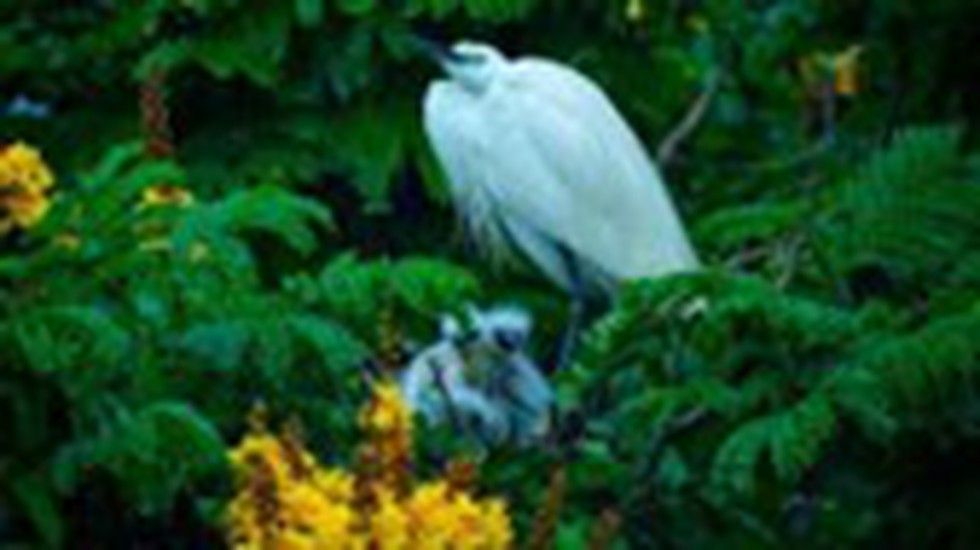About Heron:
- These are any of about 60 species of long-legged wading birds.
- These are classified in the family Ardeidae (order Ciconiiformes) and generally including several species usually called egrets.
- The Ardeidae also include the bitterns (subfamily Botaurinae).
- These are widely distributed over the world but are most common in the tropics.
- They usually feed while wading quietly in the shallow waters of pools, marshes, and swamps, catching frogs, fishes, and other aquatic animals.
- They nest in rough platforms of sticks constructed in bushes or trees near water; the nests usually are grouped in colonies called heronries.
Significance of the Heronry count
- Heronry counts aims at counting ‘apparently occupied nests’ of herons, egrets, and other colonial waterbirds.
- This is regarded as an effective and accurate way to determine the breeding population of waterbirds in an area.
- Being one of the top predators in the aquatic food chain, monitoring their population can indicate the health of the aquatic ecosystem, freshwater as well as brackish water.
